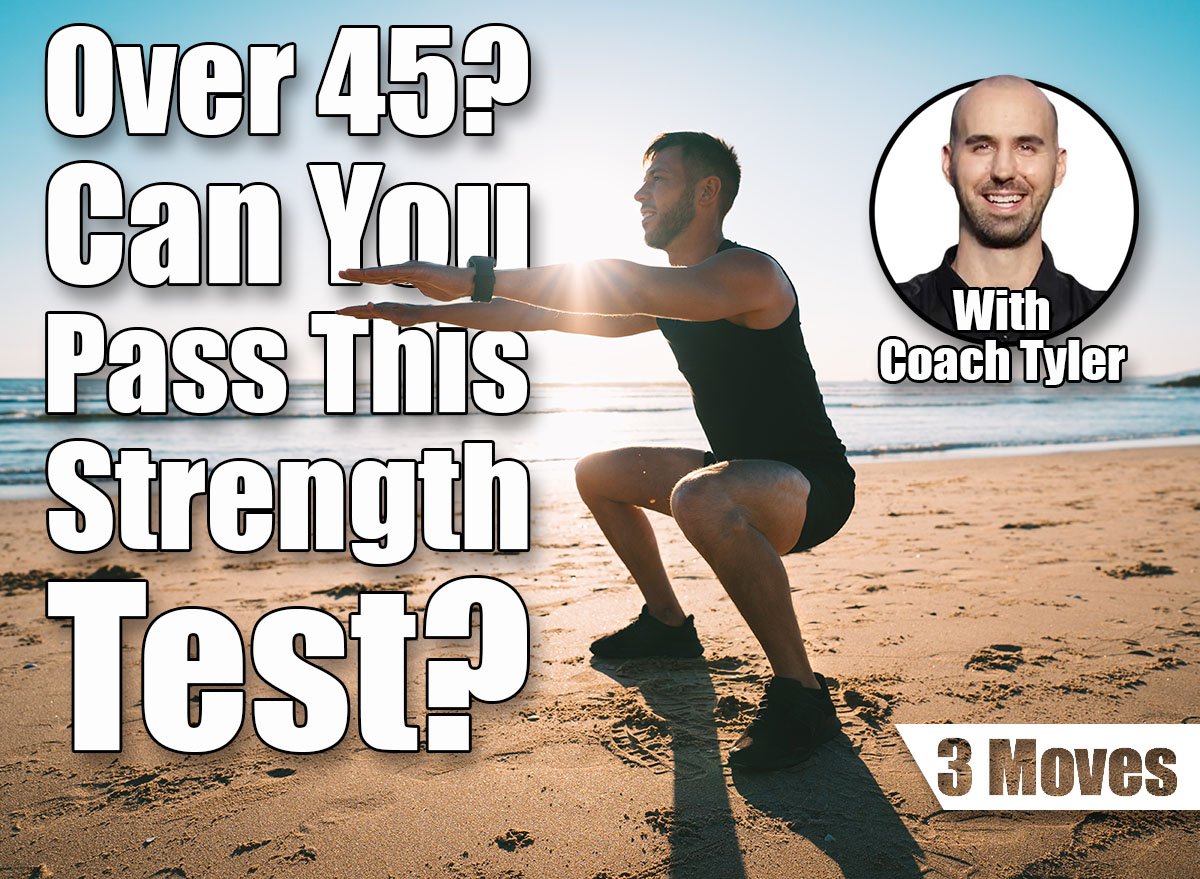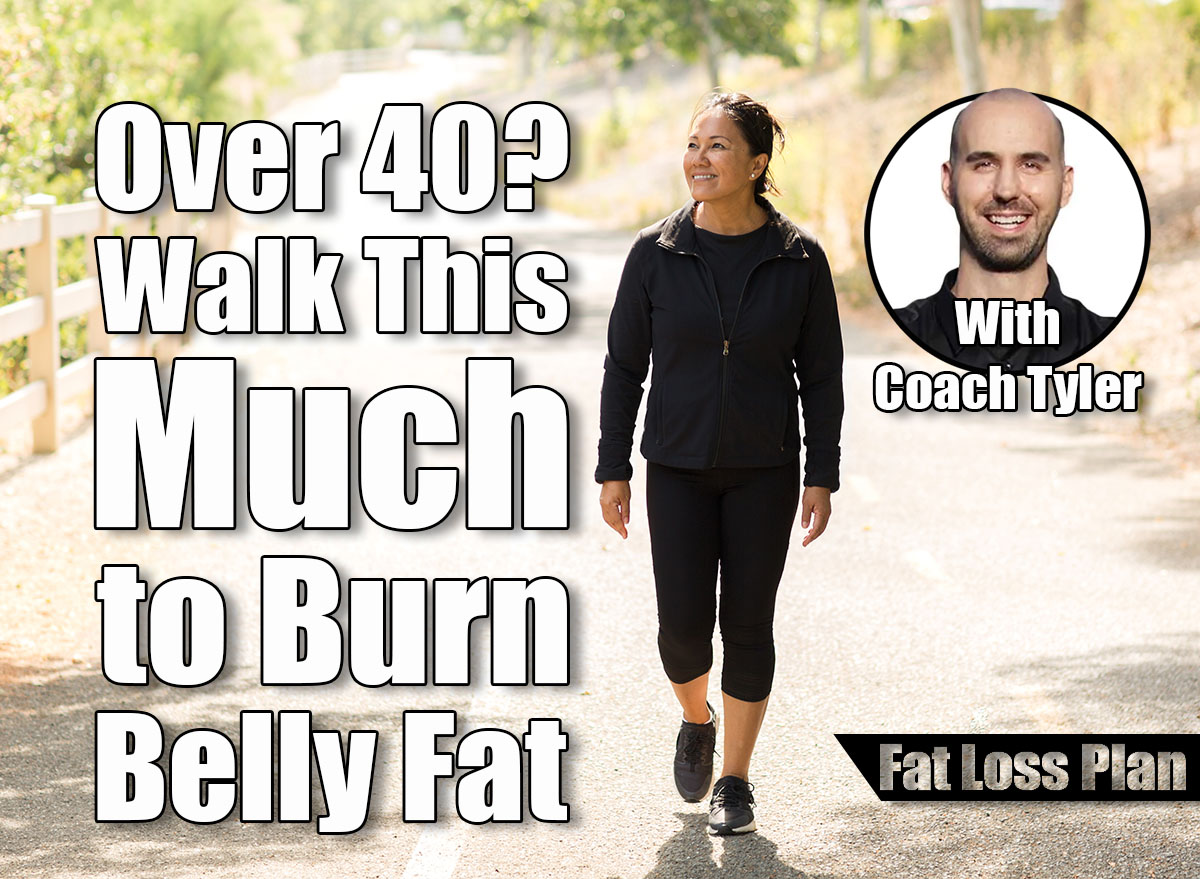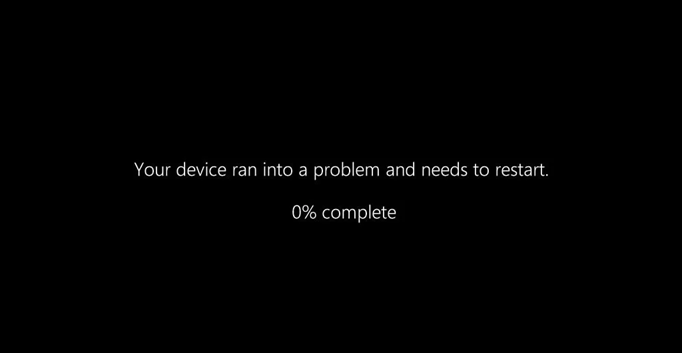You don’t need a full physical to know how well your body holds up. Just three movements reveal more about your balance, strength, and mobility than most gym routines ever touch. If you’re 45 or older and can complete this test with control and confidence, your body’s performing like someone two decades younger.
As a coach, I use this test to uncover weak links before they turn into injuries. It shows whether your joints move freely, your muscles activate in sync, and your body responds under tension. It doesn’t take long, but it tells the truth. Most importantly, it sets a benchmark for how you move, not just how you lift.
You won’t need equipment or space. Just your body, your focus, and a few minutes of honest effort. Each movement in the test checks a different category of function, and completing all three shows your body stays strong, mobile, and sharp with age.
The Test: 3 Moves, One Goal. Real Movement
This sequence tests three pillars of athletic aging: mobility, balance, and core control. It targets the hips, shoulders, spine, and deep stabilizers all at once. Complete each movement slowly and with control, no rushing, no shortcuts. If you move cleanly through all three, your body’s holding up better than most 30-year-olds.
Deep Bodyweight Squat Hold (30 seconds)


- Stand with your feet shoulder-width apart and toes slightly turned out.
- Drop into a deep squat, hips below parallel, heels flat, chest tall.
- Hold for 30 seconds without falling forward or letting your heels lift.
Single-Leg Stand Eyes Closed (10 seconds per leg)


- Stand on one foot with your opposite leg bent at 90 degrees.
- Close your eyes and hold for 10 seconds without touching down or wobbling.
- Repeat on the other leg.
RELATED: This Simple Test Can Reveal How Fit You Really Are (No Equipment Needed)
Wall Shoulder Flexion Test (10 slow reps)


- Stand with your back, head, and hips pressed against a wall, feet about six inches away.
- Raise both arms straight overhead, keeping elbows straight and hands sliding along the wall.
- Complete 10 slow, controlled reps without your lower back arching or ribs flaring.
How the Test Works


Each move highlights a different aspect of how your body holds up under real-life stress. The deep squat tests hip mobility, ankle range, and postural strength. The single-leg balance drill locks in your stabilizers, checks ankle strength, and demands full-body control. The wall shoulder test reveals hidden stiffness through your spine, lats, and shoulders.
Together, they form a complete snapshot of how well your body moves, not just on gym days, but getting in and out of chairs, walking up stairs, carrying groceries, and staying injury-free. You’re not just checking performance. You’re checking movement longevity.
What Your Results Mean


Crushed all three
You move better than most 30-year-olds. Your joints feel strong, flexible, and supported. That’s not luck, it’s the reward for moving well and moving often.
Struggled on one
You’ve got a strong base, but something’s lagging, likely tightness or instability in one joint. Focus your training to shore it up before it becomes a bigger issue.
Struggled on two or more
Your body’s asking for attention. Don’t panic, but don’t ignore it. Build back range, stability, and strength with focused mobility work and consistent training.
How to Improve Your Score


- Squat Mobility Flow
Spend 3–5 minutes each day in deep squat holds and hip-openers. Add heel lifts, side shifts, and reach-throughs to build comfort and control at the bottom. This builds joint freedom and reinforces balance through your feet. - Standing Hip CARs (Controlled Articular Rotations)
Balance on one leg, then draw slow, controlled circles with your opposite hip. This builds balance, core engagement, and smooth coordination in your hips. - Wall Slides with Core Brace
Stand against the wall, bracing your abs so your back stays flat. Slide your arms overhead slowly, reaching long and staying connected to the wall. You’ll improve shoulder mobility and build awareness of posture.
Practice these drills 3–4 times a week. Re-test every 2–3 weeks and track your progress. Better movement leads to better performance and fewer injuries.














Leave a Reply